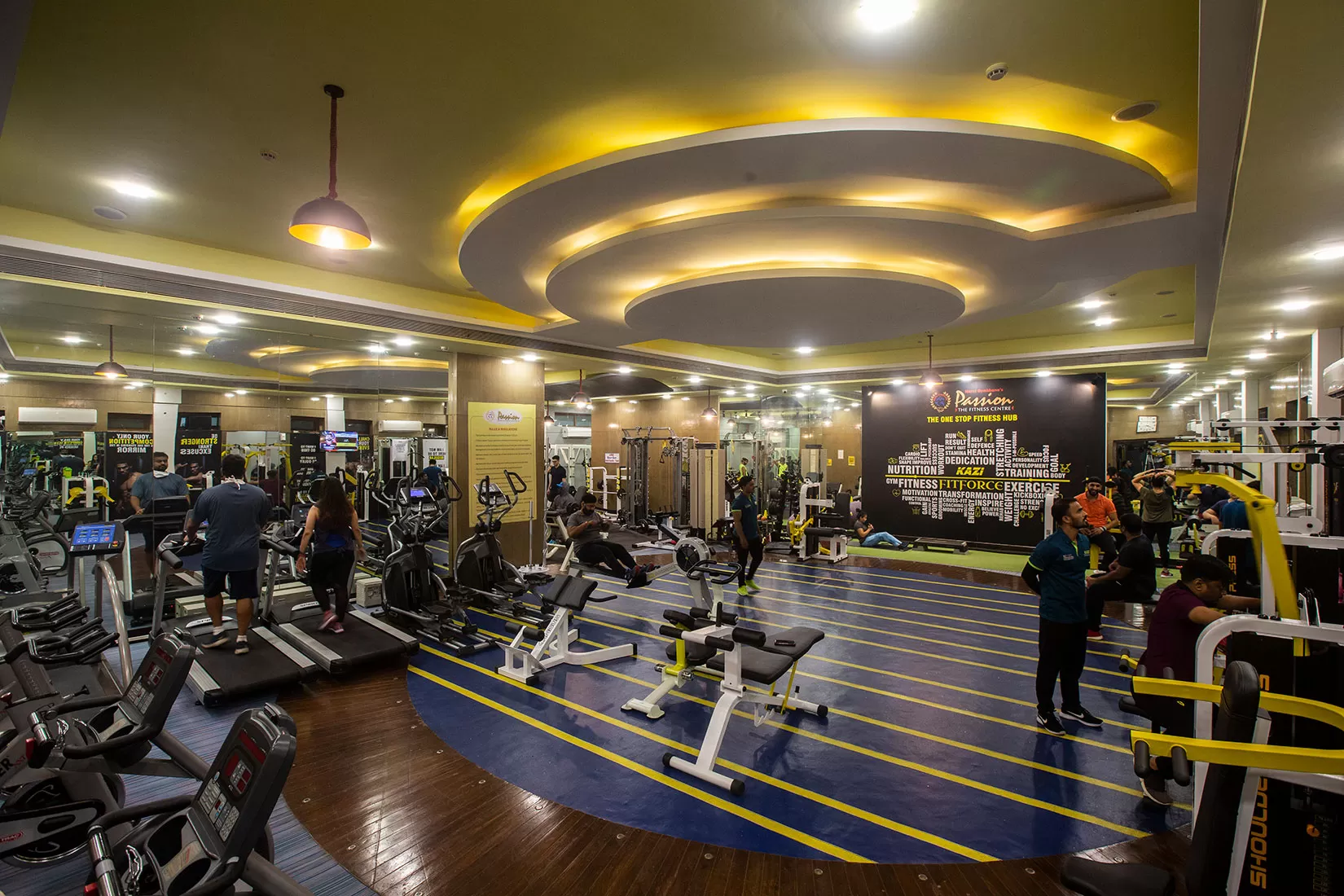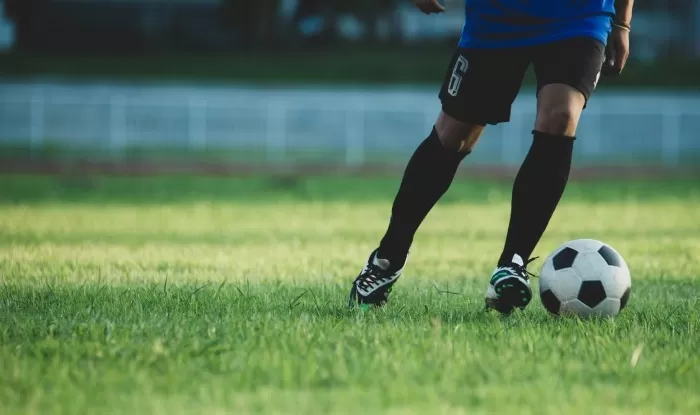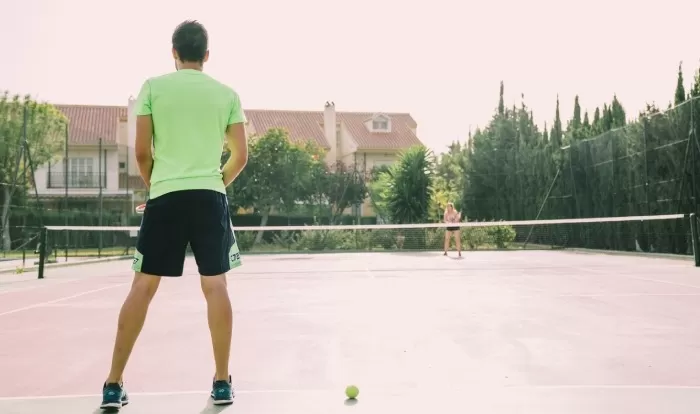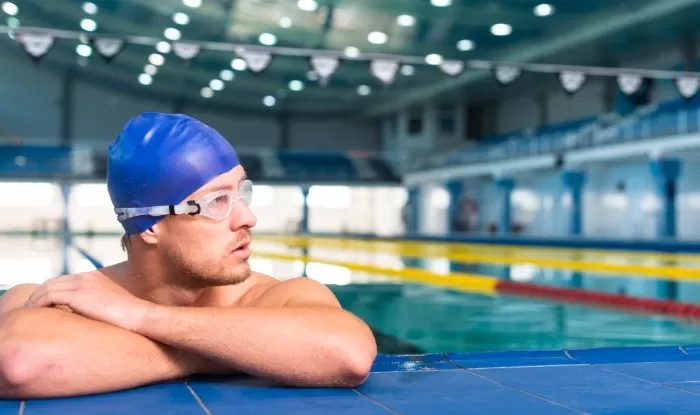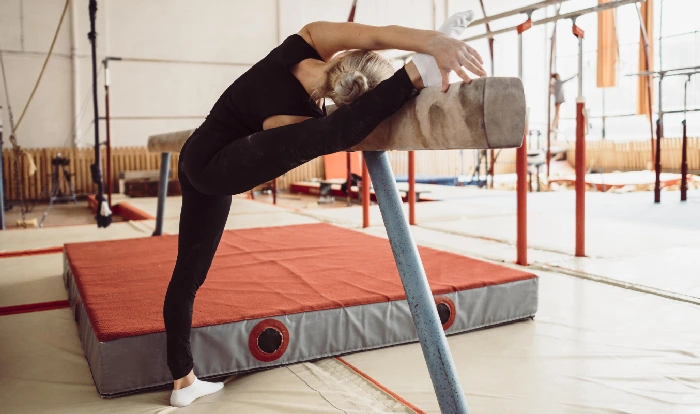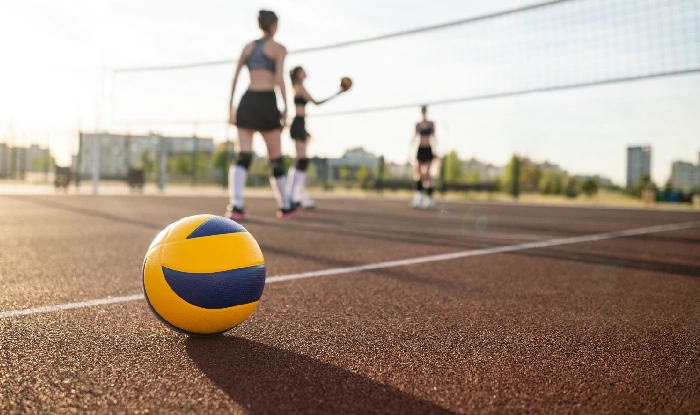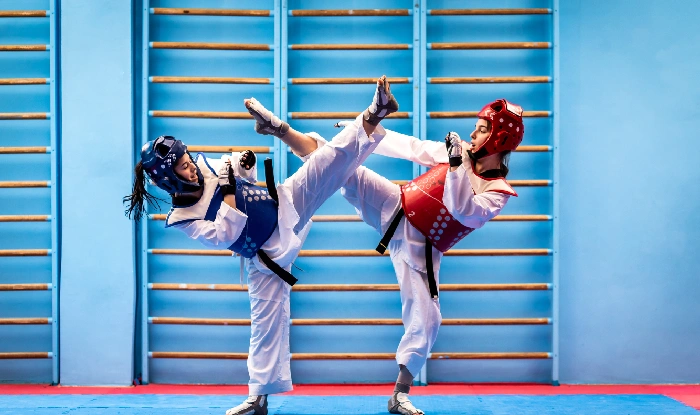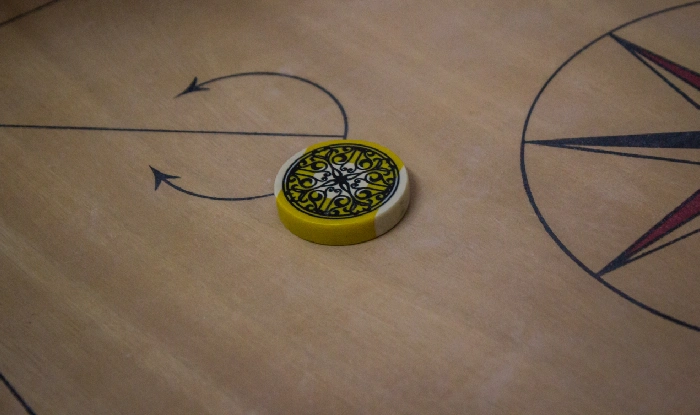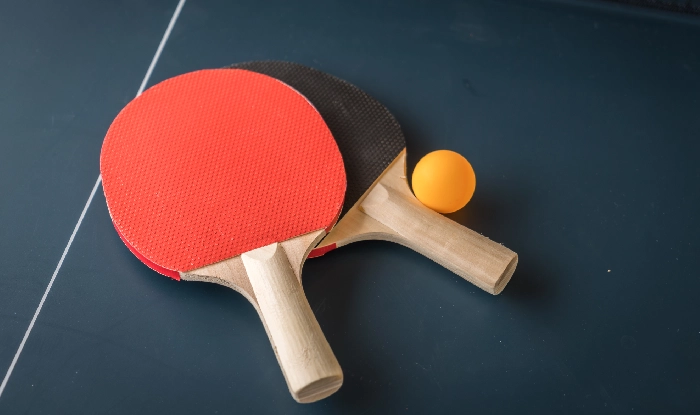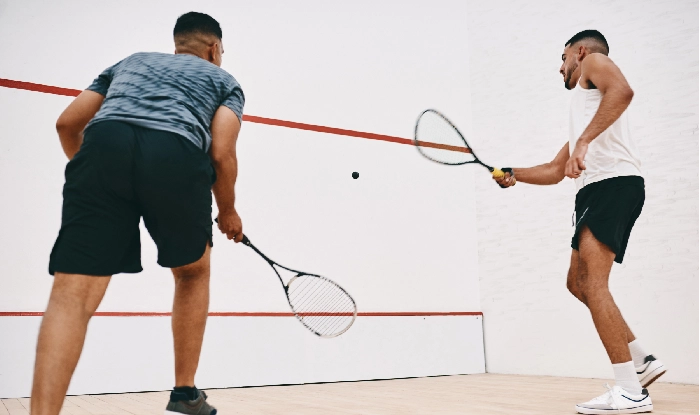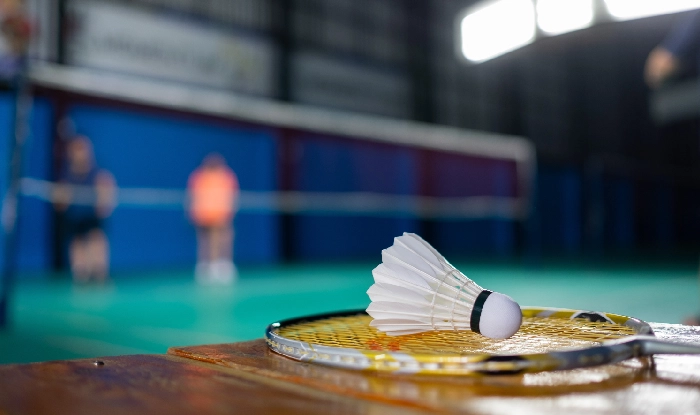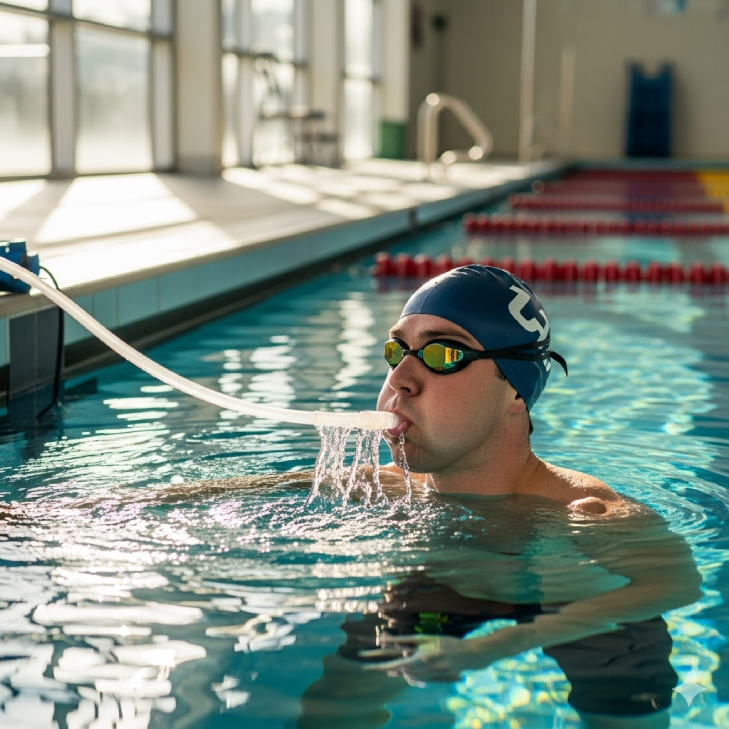You’re not the only one who has felt out of breath after a few laps. Swimming is one of the most difficult sports to breathe in. You can’t breathe as you please when you are swimming, unlike running or cycling. Your face is submerged in water and every breath counts. It’s important to learn how to increase lung capacity when swimming.
The good news is? You can improve your breathing, strengthen your lungs, and swim longer and faster without having to gasp for air with the right training. We’ll look at the steps you can take to build stronger lungs, both in and out of the pool.
Why Lung Capacity Matters in Swimming
The maximum amount of air that your lungs can contain is called lung capacity. This is a crucial number for swimmers. It can mean the difference between swimming a lap without any problems or struggling in the middle of a pool. You can take in more oxygen, tolerate carbon dioxide, and maintain energy over longer distances with a larger lung capacity.
By improving your lungs, you can improve your swimming performance and your overall health. A calmer mind, better immunity, and stamina are all benefits of improved breathing. Learning how to improve lung health also reduces fatigue and gives you better control in the water.
Who Can Do It and How?
Everyone can increase their lung capacity, whether you are a beginner trying to complete your first 100 meters of swimming or a competitive athlete looking to reduce your lap time by seconds. Combining lung exercises with swimming drills and lifestyle changes is the key.
It’s simple: Train your lungs just like you would train your muscles. Your breathing will become effortless with regular practice, especially with the right breathing exercise for lungs included in your daily routine.
Dry-Land Breathing Exercises
It’s not necessary to swim in the pool to improve your lungs. Some of the most effective ways come from lungs exercise at home. Here are three powerful techniques:
- Diaphragmatic breathing: Sit up straight, place your hands on your chest. Place your other hand on your abdomen. Exhale slowly after inhaling deeply until your belly rises. This will strengthen lungs and increase oxygen intake.
- Pursed-Lip breathing: Inhale with your nose and exhale slowly, as if you were blowing out a flame. This helps to keep your airways wide open and allows you to breathe more easily.
- Box Breathing: Inhale for four counts, hold for four, exhale for four, and then hold for four more counts. This calming breathing exercise for lungs increases CO2 tolerance.
Practising these exercises to increase lung capacity for 10 to 15 minutes daily can transform your control in the water.
Respiratory Muscle Exercise (RME)
Imagine this as weightlifting, but for your lungs. RMT is a technique that uses devices to create resistance as you breathe in and out. This forces your respiratory muscles to work harder. Researchers have found that swimmers who use RMT regularly can improve their performance and endurance within eight weeks.
If you don’t have access to a device, mimic the effect by practising slow, deep breaths against a mild resistance, like breathing through a straw. This might seem funny, but it’s an excellent exercise to increase oxygen levels in your body and a simple way for anyone wondering how to strengthen lungs naturally.
Swimming Drills That Build Lung Capacity
Nothing beats pool practice. Here are some tried-and-tested swimming drills that double as exercises to increase lung capacity:
- Bubble Exhalation – Practice slowly exhaling underwater while staying relaxed. This helps you stay calm when breathing out.
- Hypoxic Training – Take fewer breaths during strokes, such as every five strokes instead of every three. This trains your body to tolerate more CO2.
- Kickboard Breathing Exercise – Swim laps holding a kickboard while controlling your breathing rhythm.
Start small, then gradually increase distance and intensity. Remember safety first. Don’t overdo hypoxic exercises without supervision.
Swim to Improve Your Lungs
Swimming itself is one of the best natural exercises to increase lung capacity. Every lap forces you to coordinate breathing with movement. This rhythmic restriction strengthens your lung muscles and makes them more efficient without you even realising it.
The more you swim, the stronger your lungs become. Swimming consistently is not just about building stamina—it’s a proven way for anyone looking at how to improve lung health while enjoying the sport.
If you’re serious about building stamina, consider practicing at Nerul Gymkhana. Their state-of-the-art facilities for swimming in Mumbai and swimming in Navi Mumbai provide a safe and structured space where both beginners and pros can enhance their lung power.
Yoga and Pranayama
Yoga and pranayama remind us that lung function isn’t only about performance but also about balance. These mindful practices improve oxygen flow, reduce stress, and increase lung capacity.
Simple pranayama like Anulom Vilom (alternate nostril breathing) and Kapalabhati are excellent lung exercises at home options. They are also effective breathing exercises for the lungs that improve endurance in the pool.
Adding yoga to your weekly training not only boosts performance but also teaches you how to strengthen your lungs while calming your mind.
Lifestyle Tips for Stronger Lungs
Improving your lung health isn’t just about drills and training. Small lifestyle changes make a big difference:
Maintain a good posture to keep airways open.
Avoid polluted or smoking environments.
Stay hydrated to keep your lungs moist.
Complement swimming with cardio like running or cycling.
These habits are simple but powerful ways how to improve lung health in daily life.
FAQs about Increasing Lung Capacity for Swimming
The most effective daily techniques are box breathing, diaphragmatic breathing, and pursed-lip respiration—perfect forms of lungs exercise at home.
Yes. According to studies, people of any age can benefit from regular exercises to increase lung capacity.
Combine swimming drills with at least 15 minutes of daily breathing exercise for lungs to get the best results.
Combine swimming drills with at least 15 minutes of daily breathing exercise for lungs to get the best results.
If done gradually and with guidance, yes. Never push yourself to the point of fainting, and avoid doing it alone.
Absolutely. Yoga pranayama not only improves lung capacity but also teaches you how to strengthen lungs and calm your mind—an important skill for competitive swimmers.

